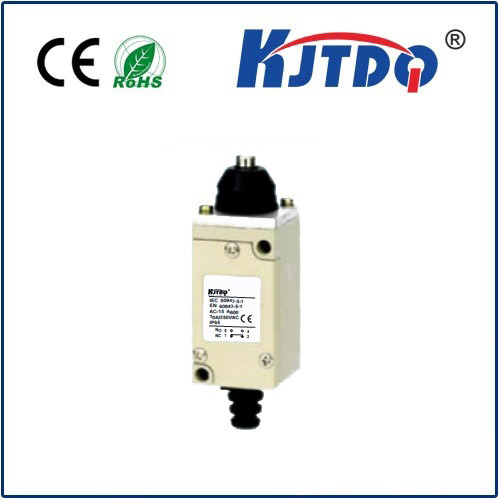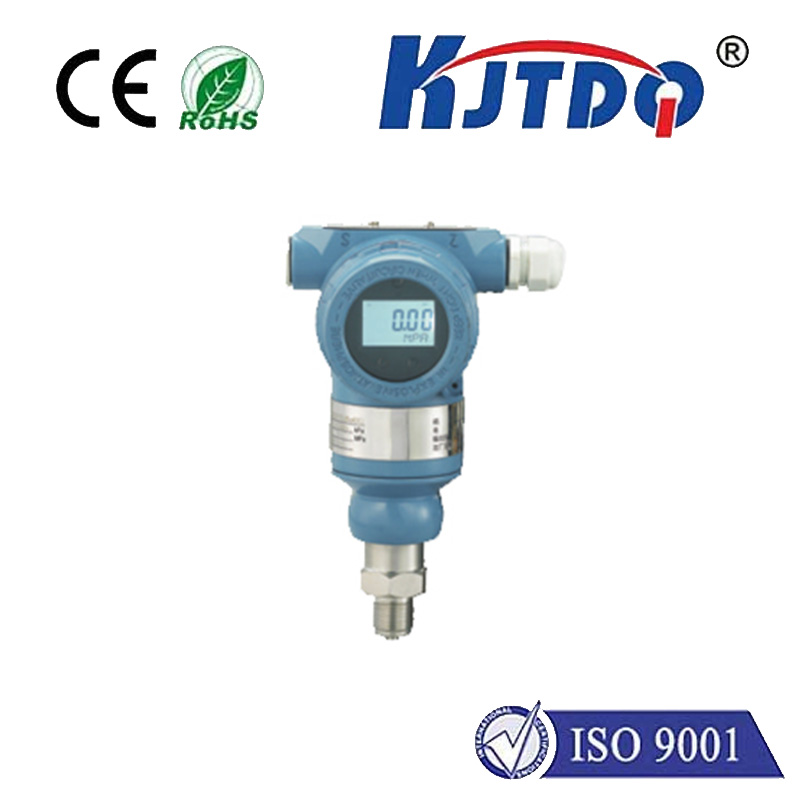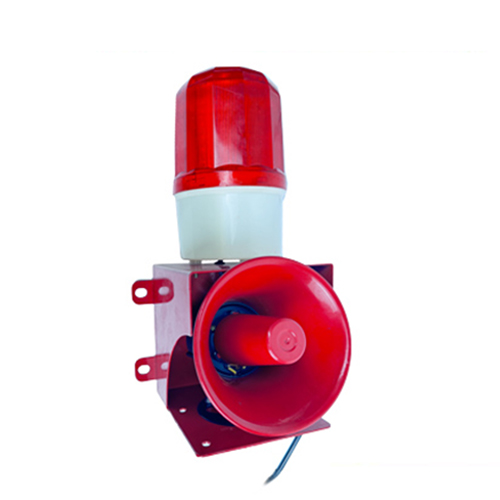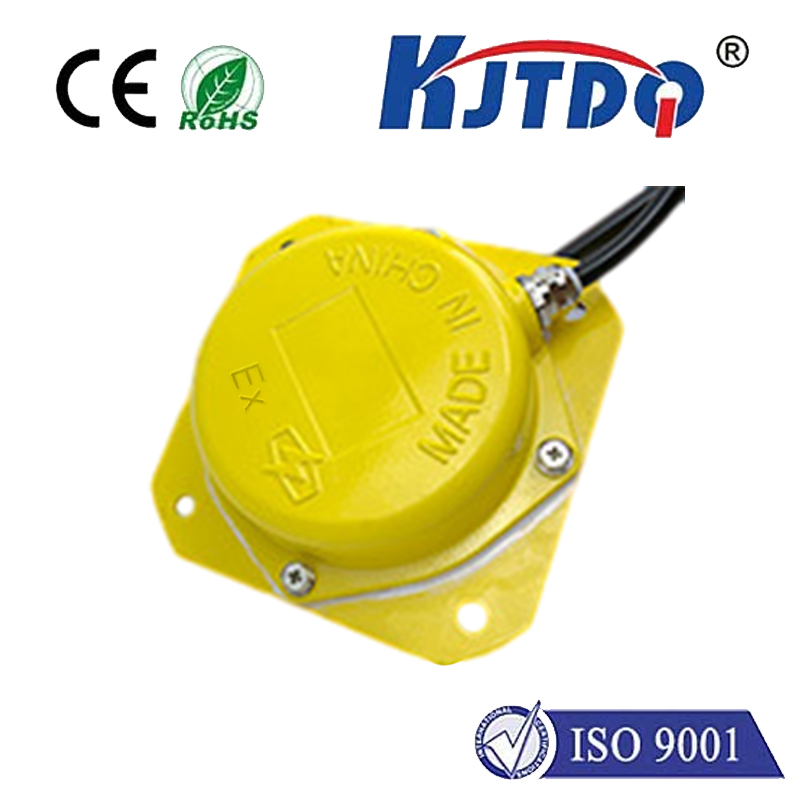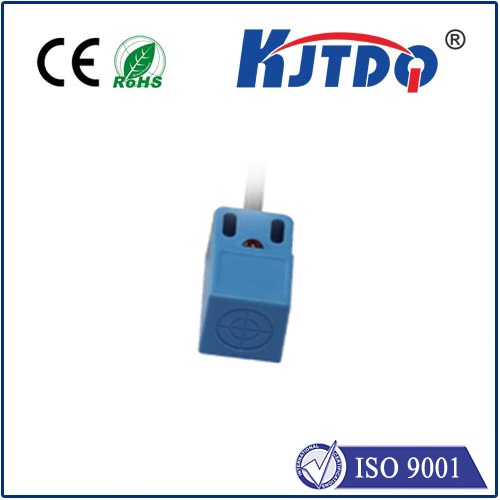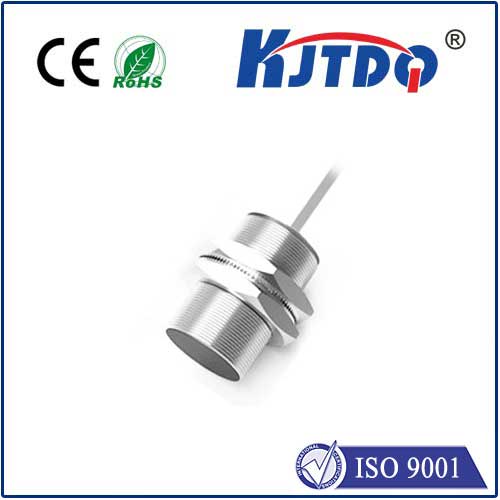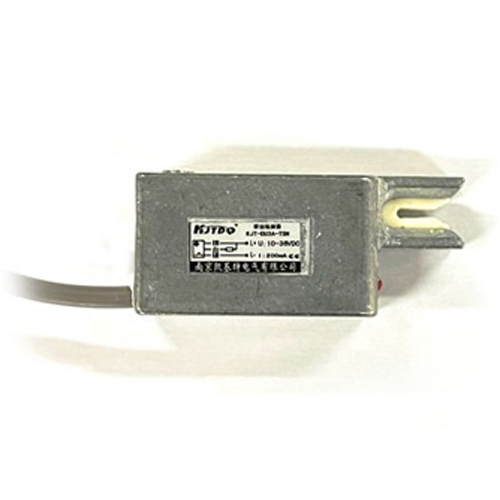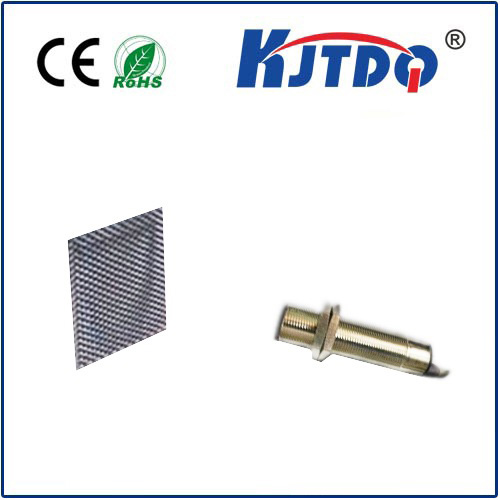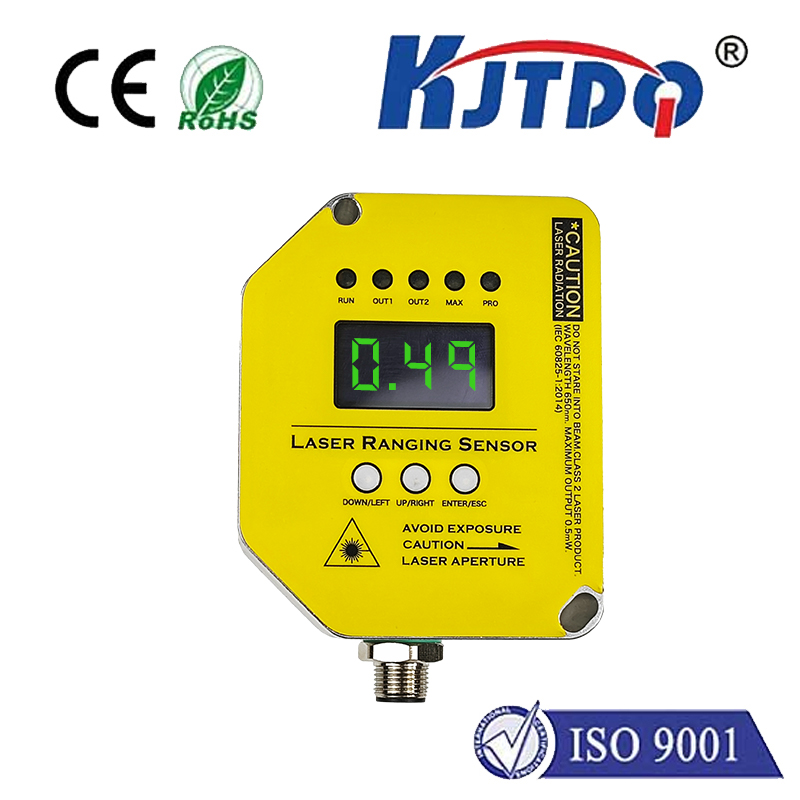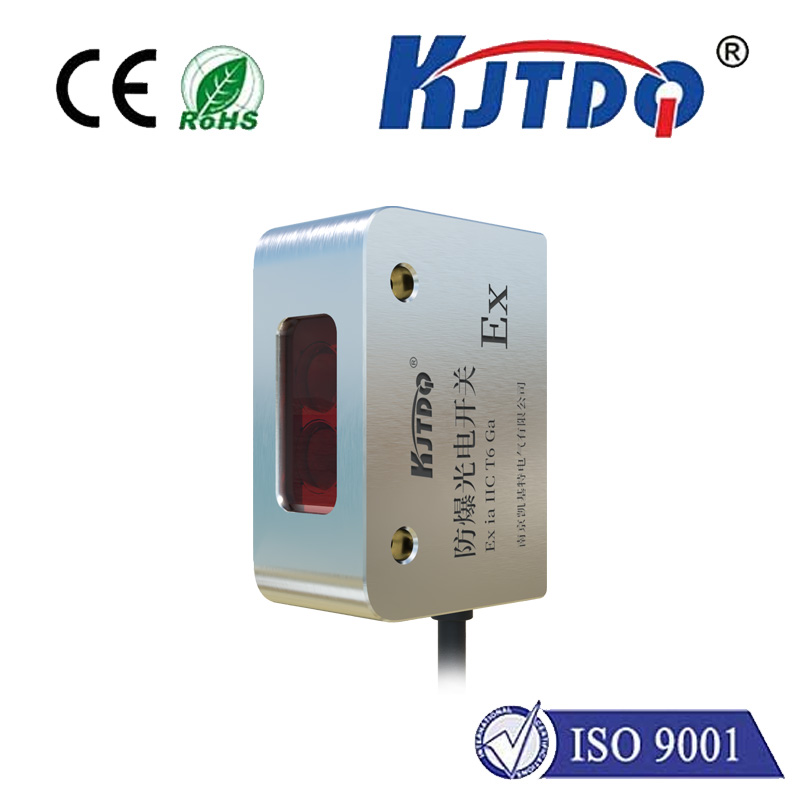photo electric relay
- time:2025-07-26 00:35:53
- Click:0
Illuminating Efficiency: How Photoelectric Relays Revolutionize Modern Automation
For decades, electromechanical relays have been the workhorses of control systems, their satisfying “click” signifying a circuit opening or closing. But in today’s high-speed, demanding environments, a silent, swift, and remarkably reliable alternative shines brightly: the photoelectric relay. Also known as an optical relay or a solid-state relay (SSR) utilizing photoelectric principles, this technology harnesses the power of light to perform switching tasks, offering significant advantages where traditional relays falter.
Imagine a switch with no moving parts to wear out, no contacts to arc or corrode, and capable of operating silently millions of times faster than its mechanical counterpart. That’s the core promise of the photoelectric relay. At its heart lies a simple, yet ingenious concept: using light as the control signal to activate the switching element.
How Light Becomes the Switch
A typical photoelectric relay consists of two main sections, electrically isolated yet optically coupled:

- Input (Control) Side: This section contains an infrared Light-Emitting Diode (LED).
- Output (Load) Side: This section contains a photosensitive semiconductor device, such as a phototransistor, photodiode, or photo-triac, and the power switching element (like a MOSFET or Triac).
- The Magic Barrier: Critically, these two sides are separated by an optically transparent but electrically insulating barrier, usually made of materials like silicone resin or glass.
Here’s the elegant sequence:
- Control Signal Arrives: A relatively small electrical signal is applied to the input side, energizing the infrared LED.
- Light Emission: The LED emits infrared light.
- Optical Transmission: This infrared light passes effortlessly through the isolation barrier.
- Detection: The photosensitive device on the output side detects the incoming light energy.
- Activation: The detected light energy triggers the output semiconductor switch (e.g., MOSFET or Triac) to change state – turning the high-power load circuit ON or OFF.
The Compelling Advantages of Optical Switching
The unique operating principle of photoelectric relays translates into powerful benefits that make them indispensable in modern electronics and automation:
- Galvanic Isolation: The complete electrical separation between input and output circuits provided by the optical barrier is a game-changer. It protects sensitive control electronics (like microcontrollers or PLCs) from potentially damaging voltage spikes, noise, transients, or ground loops present on the load side. This inherent isolation significantly enhances system safety and reliability.
- Exceptional Longevity & Reliability: With no moving parts or physical contacts to wear out, weld, or corrode, the lifespan of a photoelectric relay is vastly superior to electromechanical relays. They are immune to issues like contact bounce and can endure many billions of switching cycles.
- Blazing Fast Switching: Switching speeds are measured in microseconds or even nanoseconds, far exceeding the capabilities of mechanical relays. This enables precise timing control and high-frequency switching applications impossible for traditional relays.
- Silent & Spark-Free Operation: The absence of arcing during switching makes photoelectric relays ideal for use in explosive or flammable environments (where spark ignition is a hazard) and in noise-sensitive applications like audio equipment or medical devices.
- Low Control Power: Input circuits typically require very low current to activate the LED, minimizing power consumption on the control side and making them ideal for low-power logic circuits.
- Compact Size & Vibration Resistance: Their solid-state nature allows for much smaller footprints compared to equivalently rated mechanical relays and makes them highly resistant to shock and vibration.
Where Photoelectric Relays Illuminate Applications
The unique strengths of photoelectric relays make them the preferred choice across numerous industries:
- Industrial Automation: Controlling solenoids, motors, heaters, and actuators in PLC systems, CNC machinery, and packaging lines. Their speed and reliability are crucial.
- Measurement & Test Equipment: Switching signals precisely without introducing noise or distortion in sensitive instruments.
- HVAC Systems: Controlling compressors, fans, and heating elements efficiently and silently.
- Medical Equipment: Providing safe isolation and reliable switching in patient-connected devices like diagnostic instruments and monitoring systems, where electrical safety is paramount.
- Consumer Electronics: Used in smart appliances, audio amplifiers (for speaker protection/muting), and lighting controls.
- Telecommunications: Signal routing and switching within telecom infrastructure.
- Power Supplies: Managing inrush current control and output switching.
Implementing Photoelectric Relays: Key Insights
While incredibly powerful, maximizing the performance of photoelectric relays requires consideration:
- Heat Dissipation: Unlike mechanical contacts, the semiconductor output devices generate heat proportional to the load current and voltage drop. Proper heatsinking is essential for handling higher currents reliably.
- Leakage Current: In the OFF state, solid-state devices have a small inherent leakage current flowing through the load. This must be considered, especially for very sensitive or low-power circuits.
- Overvoltage/Overcurrent Protection: Like any semiconductor device, photoelectric relays can be damaged by voltage transients (like inductive kickback) or excessive current. Appropriate snubber circuits, fuses, or transient voltage suppressors (TVS diodes) are often necessary.
- Voltage Drop: The output switch has a small voltage drop across it when ON (VON), leading to power dissipation (I2R loss). This impacts efficiency, particularly at high currents.
The Future is Bright
As demand for smarter, faster, more reliable, and energy-efficient control systems grows, the role of photoelectric relay technology continues to expand. Ongoing developments focus on increasing power handling capabilities, reducing VON and leakage currents for higher efficiency, enhancing switching speeds even further, and improving thermal management. Integration with digital control interfaces and IoT capabilities is also advancing. They provide the critical isolation and reliable contactless switching fundamental to modern electronics, silently enabling the complex control systems that shape our world. Choosing a photoelectric relay is often a strategic investment in system longevity, performance, and safety. For high-speed, high-reliability switching without the wear and tear of moving parts, the answer frequently lies in harnessing the power of light.












